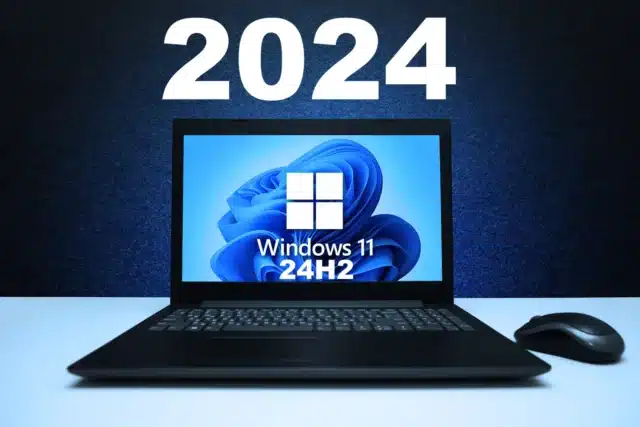How to bypass Microsoft’s TPM 2.0 requirements when upgrading to Windows 11 24H2

With the release of Windows 11 24H2, also known as the Windows 11 2024 Update, many people eager to try out the latest version of the operating system are encountering a roadblock. With this feature update Microsoft tightens the restriction on the hardware it can be installed on.
It has been some time since the company introduced a system requirement for TPM 2.0 support, but there have been numerous workarounds that allowed for installation on hardware that was technically incompatible. Now Microsoft has cracked down on the various methods of bypassing the requirement, so a new approach is needed.
See also:
- Microsoft confirms weird Word bug that deletes files if you name them incorrectly
- Google removes Kaspersky apps from its store
- Microsoft confirms numerous bugs in the Windows 11 2024 Update and blocks rollout to many
Thankfully, a solution has already been found. The latest workaround comes courtesy of software developer Pete Bard, the brain behind the wonderfully useful utility Rufus. Previous versions of Rufus, ostensibly designed to make bootable Windows disks, already made it possible to get around the TPM 2.0 requirement and future versions will take care of things automatically as well.
But software development takes time, and to plug the gap before the next release, Bard has shared details of a series of registry tweaks that can be used to get around the restriction.
As explained in a post on the GitHub repository for Rufus, you should run the following commands from an elevated command prompt before performing an in-place upgrade to Windows 11 24H2:
reg.exe delete "HKLM\SOFTWARE\Microsoft\Windows NT\CurrentVersion\AppCompatFlags\CompatMarkers" /f 2>NUL
reg.exe delete "HKLM\SOFTWARE\Microsoft\Windows NT\CurrentVersion\AppCompatFlags\Shared" /f 2>NUL
reg.exe delete "HKLM\SOFTWARE\Microsoft\Windows NT\CurrentVersion\AppCompatFlags\TargetVersionUpgradeExperienceIndicators" /f 2>NUL
reg.exe add "HKLM\SOFTWARE\Microsoft\Windows NT\CurrentVersion\AppCompatFlags\HwReqChk" /f /v HwReqChkVars /t REG_MULTI_SZ /s , /d "SQ_SecureBootCapable=TRUE,SQ_SecureBootEnabled=TRUE,SQ_TpmVersion=2,SQ_RamMB=8192,"
reg.exe add "HKLM\SYSTEM\Setup\MoSetup" /f /v AllowUpgradesWithUnsupportedTPMOrCPU /t REG_DWORD /d 1
Having to do this manually will be off-putting to some people, but it will be automated in a future version of Rufus.
Image credit: vadimrysev / depositphotos
